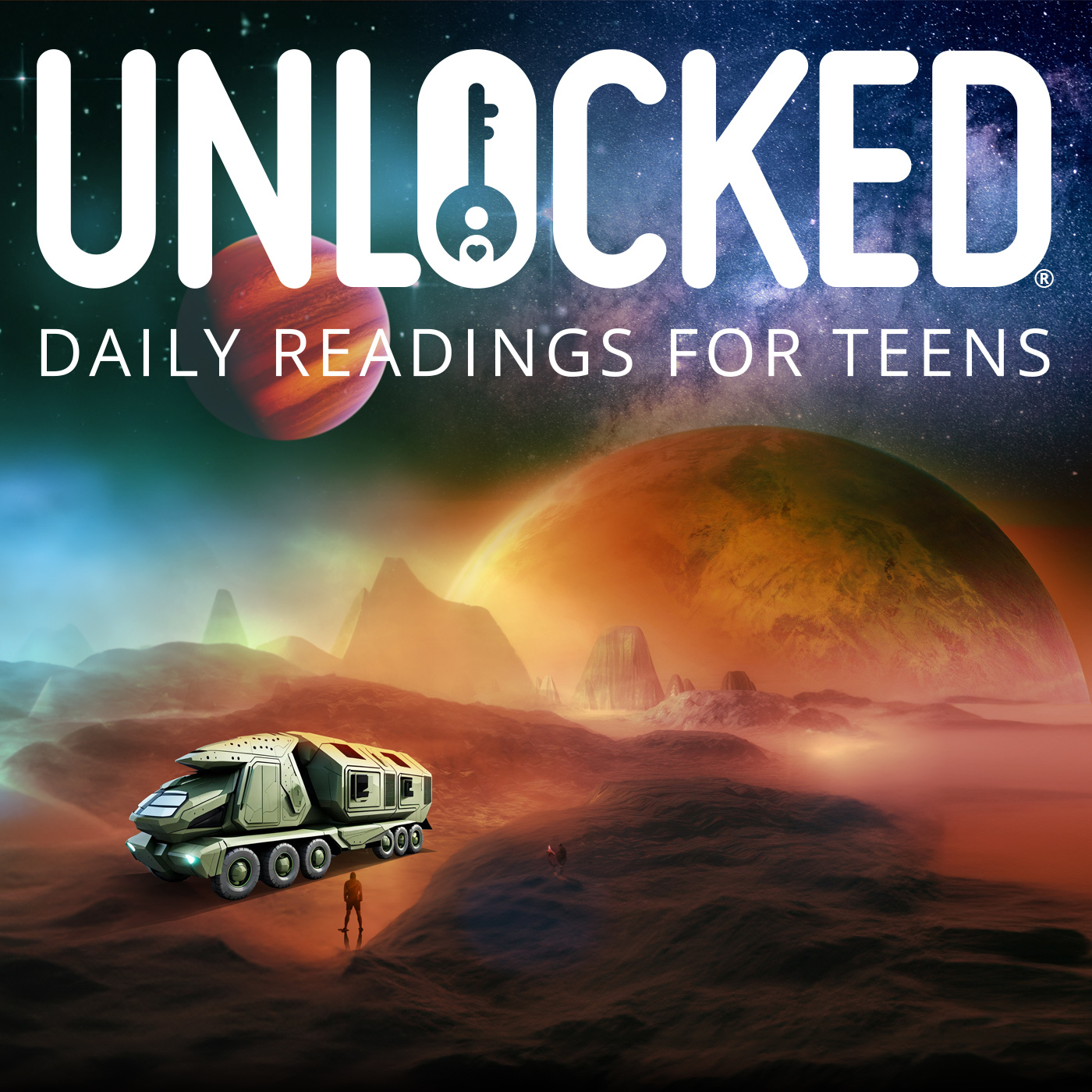READ: GENESIS 1-2
One of the most important parts of interpreting the Bible is understanding the historical-cultural context of the text. In other words, asking questions like, “How would the original audience have understood this text? What was the world like for the original audience?” Finding answers to these questions often involves looking at historical texts other than the Bible. The Bible itself rarely includes historical-cultural details because the original audience already knew what it was like to live in their time and place, so they didn’t write it all down. So now we have to figure it out. And when we do, it gives so much more depth and meaning to the text.
Let’s look at Genesis 1 and 2 for example. There were many other stories about creation that the original audience would have known. Many of these stories were very violent. In some cases, one god would defeat a lesser god and create the universe out of the defeated god’s corpse. Some said that humanity was made out of the blood of the defeated god mixed with mud or clay. And humans were created as slaves to the gods—to meet the needs of the gods, tend to them, appease them, and do the menial labor the gods themselves didn’t want to do.
Imagine growing up being told that your very existence is the result of violence and death, and that you were created to serve a violent, needy god. How different is the God of Genesis 1 and 2? Here, we see a God who has no needs. A God who made creation out of nothing, and made it teem with life. Who crafted humanity from the earth and His own breath, making them in His own image as His representatives. Humanity is given a dignified job: tending to creation and creating more life (Genesis 1:27-28). He gives them a beautiful garden, community, and His own presence. This God is vastly different from any other god the original audience would have heard of. And, through Jesus, He would sacrifice Himself for His creation.
Historical-cultural context can be tricky, but it’s well worth the effort. By learning more about the historical-cultural context of Scripture, we can know our loving God more deeply. And we can sit in awe of the beauty of the gospel—God’s love for His people and His resolve to rescue us through Jesus—which shines through every page. • Taylor Eising
• Have you ever wondered what life was like for the people living during the different time periods of the Bible? What questions do you have about this?
Then God said, “Let us make human beings in our image, to be like us. They will reign over…all the wild animals on the earth… ” Genesis 1:26 (NLT)

READ: JOHN 10:1-16, 27-30 As a shy stage manager for our high school’s production of Tarzan, I did as I was told. And our...

As humans, we hate the idea of being trapped. We crave freedom because God created us to be free. Yet, we often feel trapped...

READ: PSALM 23; ISAIAH 49:16; 2 TIMOTHY 3:16 As far as I can remember, the first Bible verse I learned was Psalm 23:6, “Surely...